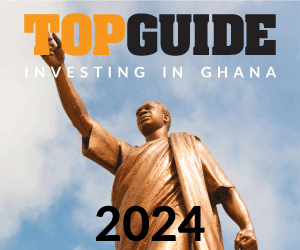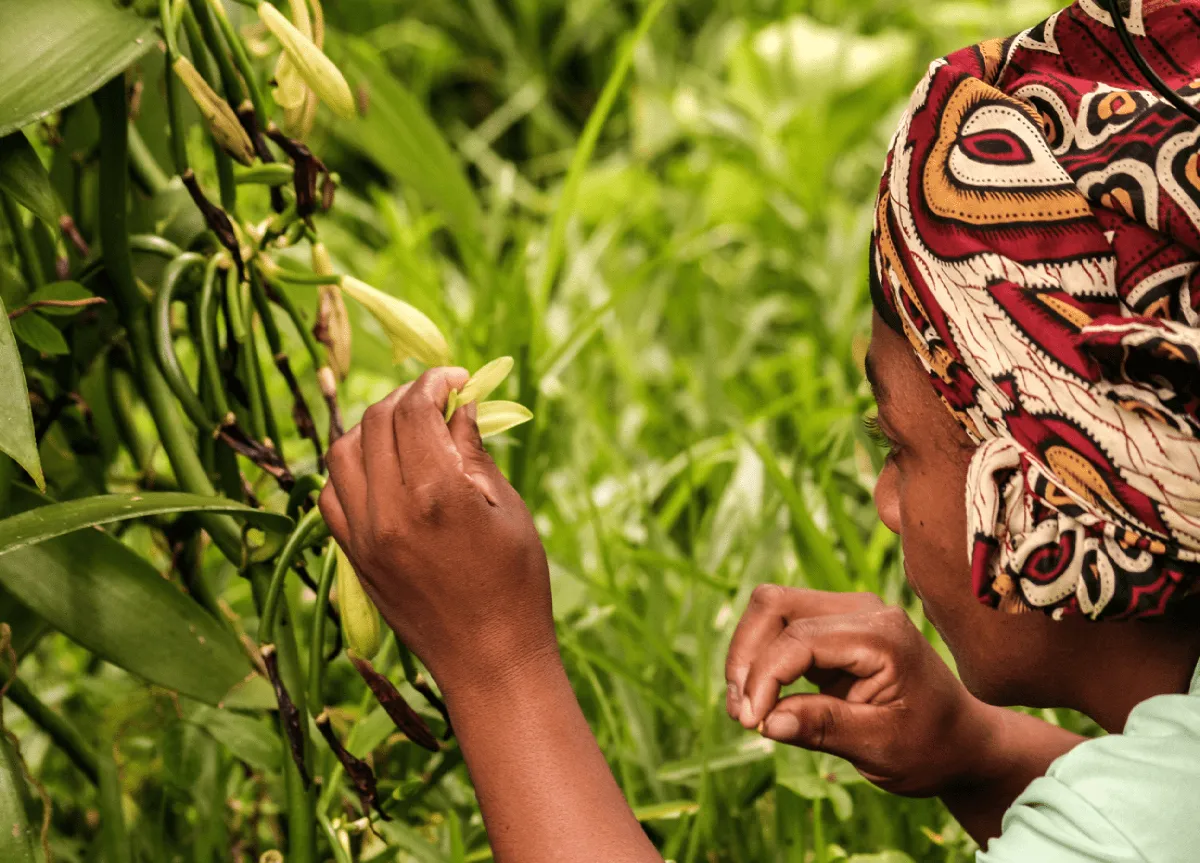The South Africa mining sector is licking its wounds after the unprecedented five-month-long Association of Mineworkers and Construction Union (AMCU) strike that has cost an estimated R21bn ($2bn), and caused the country’s economy to contract in the first quarter. MJ Morgan looks at the fallout for the sector.
“Clearly there are no winners in this strike”, Lonmin CEO Ben Magara told the press when the strike finally drew to a close in June and 70,000 miners returned to work. The miners had won up to 20% wage hikes and increases in allowances while conceding to a three-year, no-strike agreement.
This is a result that Association of Mineworkers and Construction Union (AMCU) President Joseph Mathunjwa has hailed as a victory. The gains he has achieved over the next three years are palpable but they have come at a cost.
However, surely it is Lonmin’s Magara who is correct here. The loss of over 1m ounces of platinum that would have been produced, the loss of billions of rand in wages and the loss in terms of shaken confidence in the already jittery sector has done no one any favours. Neither does the perseverance of a mining sector largely structurally unchanged since the end of Apartheid.
Two years after the tragedy of Marikana, in which 34 striking miners were killed by police, the platinum industry was rocked by the lengthiest strike in the country’s history. South Africa is home to 80% of the world’s platinum production; the country’s big three producers – Impala Platinum (Implats), Anglo American Platinum (Amplats) and Lonmin – saw their output fall in the range of 50-60% at the strike’s peak.
The costs to the country as a whole have been considerable. South Africa was downgraded by rating agency Standard & Poor’s in the wake of the first quarter’s 0.6% fall in GDP as mining output fell by nearly 25%. If the second quarter figures, due out towards the end of August also reveal a decline in growth, South Africa could well be heading for an economic recession.
The country’s relatively new Minister of Mineral Resources, Ngoako Ramatlhodi, played a key role in setting up the process that ended the strike.
But he immediately faced a backlash, and stepped back from the process in early June, when it was revealed by amaBhungane (the Mail & Guardian’s Centre for Investigative Journalism) that he holds an undisclosed stake in Atlatsa Resources – a Black Economic Empowerment (BEE) partner of Amplats. The stake is apparently held by a blind trust but the aura (if nothing else) of a conflict of interest has muddied the waters.
In fact, the Department of Mineral Resources issued a statement condemning the Mail & Guardian-published article but conceded that the minister had taken advice and would be disposing of his stake, “given the conflict of interest which may arise, perceived or not”.
Perhaps too little has changed since the last wave of strikes. This was the argument put forth by sociologist Gavin Hartford in 2012 (in the wake of the Marikana catastrophe) in his paper The mining industry strike wave, what are the causes and what are the solutions?.
Want to continue reading? Subscribe today.
You've read all your free articles for this month! Subscribe now to enjoy full access to our content.
Digital Monthly
£8.00 / month
Receive full unlimited access to our articles, opinions, podcasts and more.
Digital Yearly
£70.00 / year
Our best value offer - save £26 and gain access to all of our digital content for an entire year!
 Sign in with Google
Sign in with Google 




